Pineapple, Ananas Comosus, is the name of a perennial tropical herb and its edible fruit, which belong to the same family of plants as the popular Bromeliad flowers.
The edible Pineapple is considered a multi-fruit, formed from the fusion of numerous berries sharing one common core. These berries developed from a cluster of flowers originating from the center of the mature plant. Their seeds are located close to the surface of the thick, spiky skin.
Pineapples are believed to be native to Brazil and Paraguay but are grown globally in numerous tropical and subtropical regions.
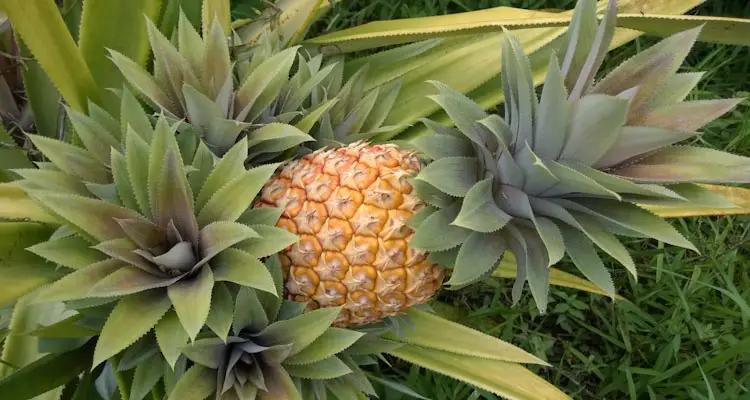
While most people already believe it is a fruit, some have argued its classification is due partly to the presence of a core where the seeds should be.
However, for the most part, this status is not debated, with Pineapple being an iconic symbol of tropical fruits, as depicted in several paintings and photos throughout the centuries.
How Pineapple Grows
While Pineapple plants are capable of producing viable seeds. Most pineapples are propagated from plantlets of either the suckers, slips, or crowns.
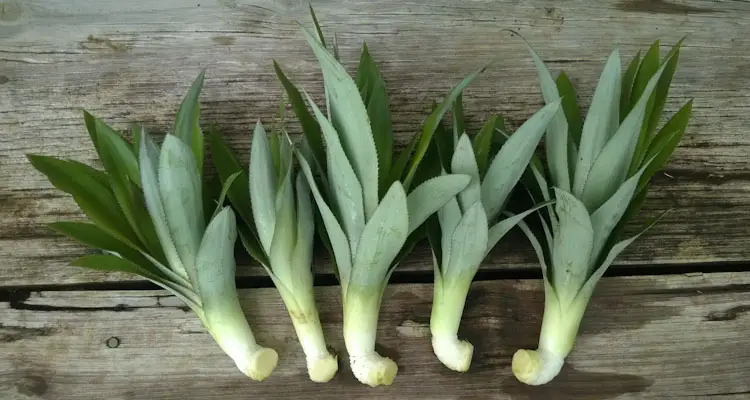
Once the plant has established its roots in the soil, it starts to produce long, serrated-edged leaves, which slowly emerge from the center of the plant over months.
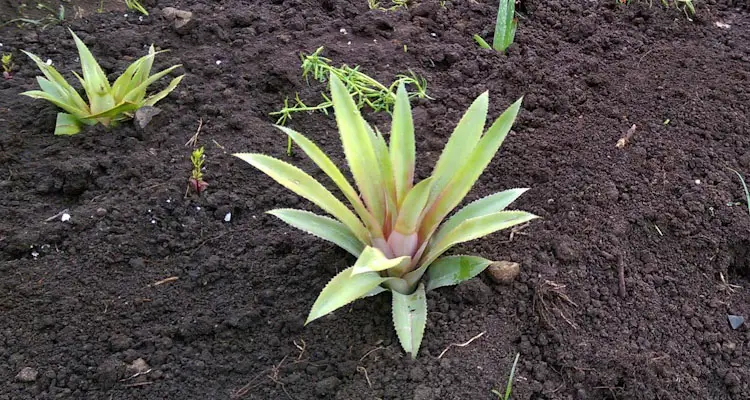
Once the plant reaches maturity, you will notice different colored inner leaves, which signal the arrival of the center stem with the flower buds.
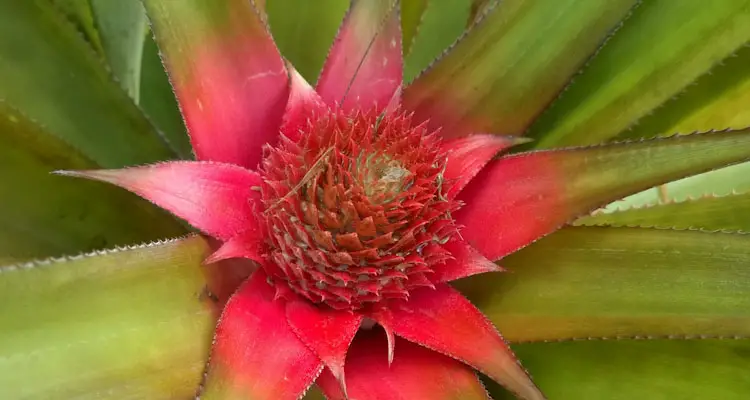
The center stem gradually grows taller as the cluster of pineapple flower buds develop, eventually producing tubular purple flowers.
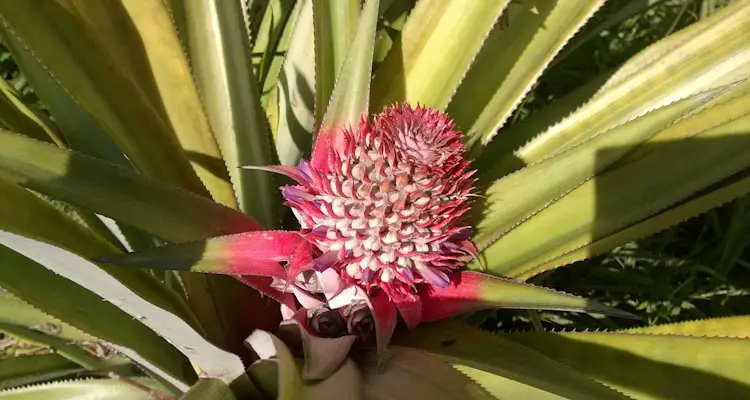
Over time, these flowers fall off the now visible young fruits, which resemble a pinkish, spiked pine comb. The various fruits swell, gradually fusing into a large mass around the central stem.
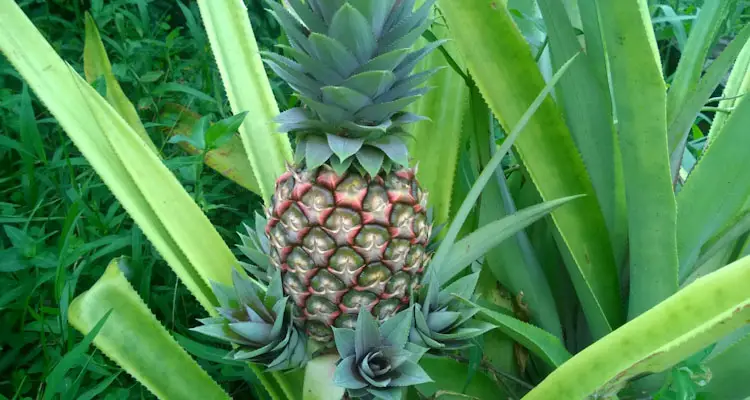
The young fruit gradually becomes more recognizable as the green and red version of the Pineapple. This fruit can have several slips growing from its base, depending on the variety.
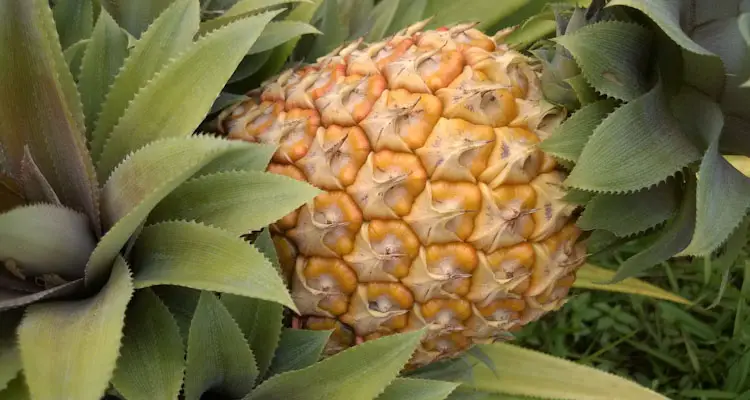
It swells until it approaches maturity, at which point it starts to change color again. Sometimes, the fruity smell is released, signaling it’s time for harvest.
See Also: How To Grow Pineapples At Home (Step-By-Step With Pictures)
Uses Of Pineapple
Traditionally, ripe pineapples were used primarily for culinary Purposes but also have several lesser-known medicinal applications. It can be added to various dishes, juices, salads, or eaten by itself.
Pineapple is a popular snack that is depicted as a symbol of tropical life. It is easy to ferment and is a beginner-friendly ingredient for making fermented juices, wines, and vinegar. It is used to make pies, cakes, and other sweet treats. However, it can also be preserved as jams or jellies if in abundance.
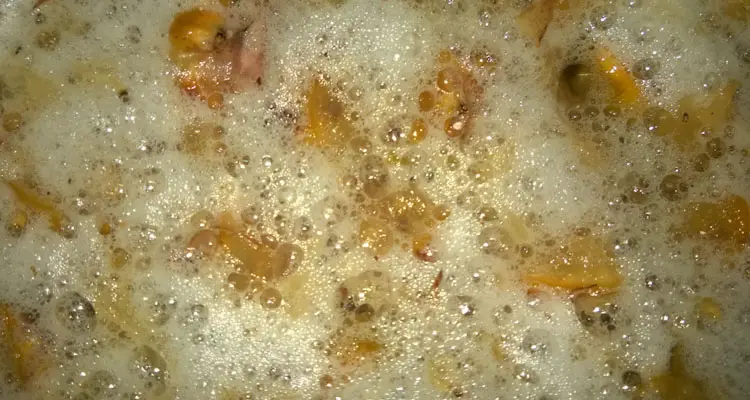
People have used Pineapple for various ailments, including; constipation, swelling, and general pain relief. However, since these are linked mainly to specific chemical compounds and their benefits, I will discuss these when talking about the benefits of Pineapple.
See Also: How To Make Vinegar At Home In 7 Easy Steps (With Pictures)
Some Amazing Benefits Of Pineapple
Pineapples are rich in vitamins, minerals, fiber, and several organic compounds, including Bromelain, which is proven to have nutritional and overall health benefits.
Studies suggest that Pineapple is high in fiber and low in calories and can aid in weight loss by satisfying the sweet craving while leaving you feeling full.
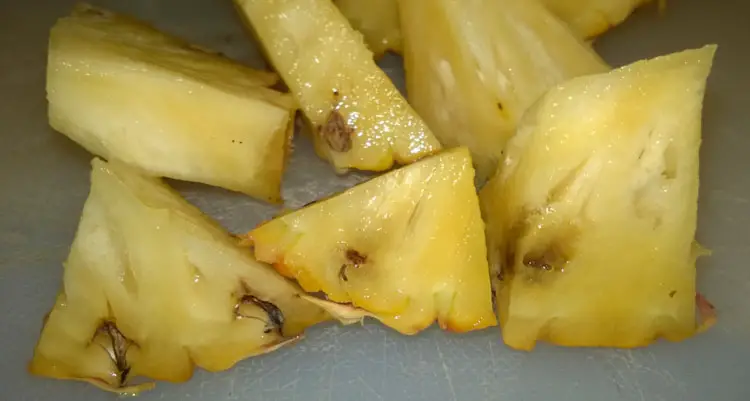
It contains Vitamin C, flavonoids, and other antioxidants, which have several roles in the body. These include aiding in iron absorption, cell repair, maintenance of the immune, and general health.
Pineapples reportedly aid digestion and relieve pain, swelling, and similar issues. This trait is partially due to the presence of Bromelain and several anti-inflammatory compounds.
It is a healthy snack with multiple benefits. Many of these have been studied and confirmed to be effective in treating various minor ailments, with the potential for more significant medicinal applications.
Note: There are several warnings against consuming the unripe fruit, which can range from mildly toxic to poisonous unless you desire some adverse effects.
How To Grow Pineapples
Pineapple is an easy plant to grow but requires some patience since it can take more than 3 years to produce fruit. However, it does not need much attention once established since it is a resilient little herb.
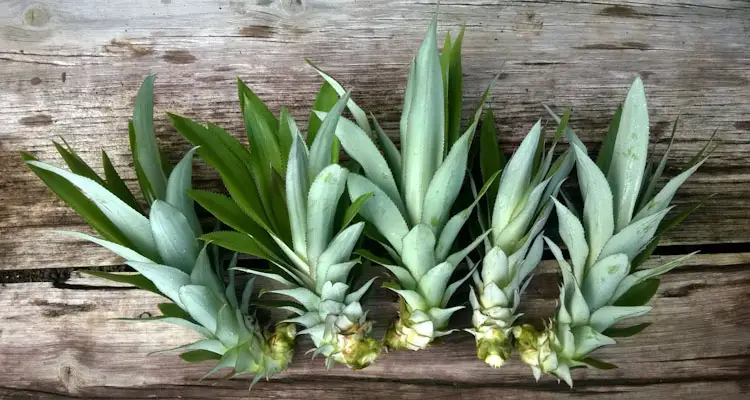
Pineapples can be grown from seeds or plantlets. While wild varieties and those grown in organic ecosystems produce viable seeds, most commercial growers discourage the formation of seeds due to aesthetic concerns.
As a result, most Pineapples are propagated from the crowns, suckers, and slips when available. This is good news since you can grow your Pineapple at home, using the tops left over from the fruit you purchased from the store.
To grow pineapples from crowns, clean and place the crown in a damp potting mix or soil. Keep moist and wait for it to produce roots. This can take a while, but be patient and moisten the soil.
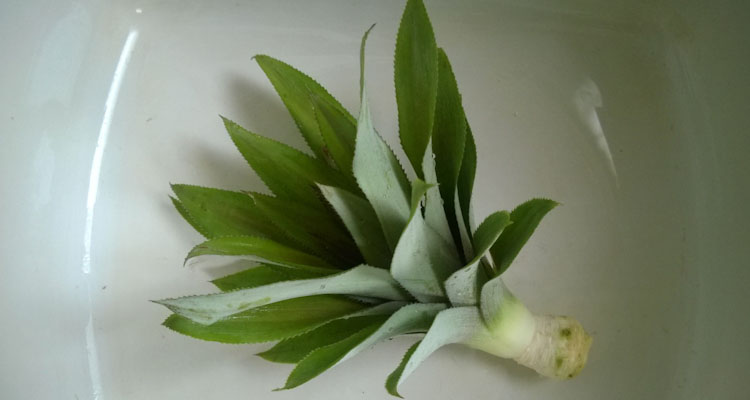
After the Pineapple starts to grow, water it periodically. Remember that pineapples do not like soggy soil. On the contrary, they make very efficient use of water, to the point that they are relatively drought resistant.
See Also: How To Grow Pineapples At Home (Step-By-Step With Pictures)
Final Thought
Pineapples are edible fruits produced by tropical plants of the same name. They are native to South America, where wild varieties still exist.
They are easy to grow but take a long time to produce fruits full of vitamins, minerals, and other compounds, proven to aid in improving general health. However, there are cautions against consuming unripe fruit, which can result in adverse effects.
Regardless of its classification, Pineapple has been and will continue to be enjoyed worldwide for years to come.
Related Questions
Can You Grow Pineapples In Your House?
Pineapples can be grown in suitably sized containers indoors, provided they receive adequate light, nutrients, and water. However, you must remember that the plant can grow quite large, with thorny leaves, making it difficult to move it around as the plant matures.
References
Morton, Julia F. Fruits Of Warm Climates. hort.purdue.edu. Accessed July 2022
Kerala Agricultural University. Benefits And Uses Of Pineapple. kau.in. Accessed July 2022
Cleveland Clinic. The Many Health Benefits Of Pineapples. health.clevelandclinic.org. Accessed July 2022
National Library Of Medicine. Potential Role Of Bromelain In Clinical And Therapeutic Applications. pubmed.ncbi.nlm.nih.gov.Accessed July 2022
